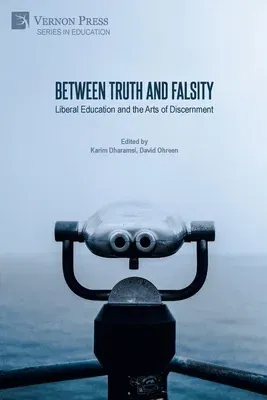It seems we are awash in information. From the moment we wake until we
turn over our phones at night, we are bombarded with images and
messages, news and information from a confounding number of sources. But
as the amount of information available to us increases ever more
rapidly, its quality and reliability seem less credible. Russian troll
bots, 4chan, Breitbart, and Rebel Media, challenge our credulity, but
they do so by mimicking aesthetic registers consumers expect of
"traditional" media outlets. Moreover, traditional news sources, both
privately owned and public broadcasters, already weakened by eroding
revenue, cuts to budgets, and shifting demographics, are under sustained
attack from those who wish to damage their ability to hold powerful
people to account. Instead of a multi-perspectival approach, which seeks
to report to the public the many ways to address a particular issue,
taking the reporter's role as neutral with regard to outcome, "fake" or
"ideologically" driven news sources compete for audience attention and
faithfulness, often using emotion to rally people toward a certain
political cause or issue.
Academics, meanwhile, have their work attacked and undermined by people
or groups seeking to advance political or economic interests. They are
told they too are political actors, one more voice in a messy public
arena instead of a font of reliable information and knowledge. While
academics continue to believe that their work, at least in part,
enhances our understanding of the world and informs debate, how do we
know that their conclusions are indeed more reliable than their critics
in the "post-truth" era?
'Between Truth and Falsity: Liberal Education and the Arts of
Discernment' will aid academics and students seeking to better grasp the
value of liberal education within this post-truth era. It seeks to
advance pedagogical ideas in order to fight factual erosion and
reinforce intellectual capacities that are able to critically assess the
chaos of information enveloping all segments of society. This volume
will therefore be of particular interest to academics and university
educators working in higher education, graduate students theorizing the
nature of media and the role of higher education, undergraduates
studying liberal education and the nature of the university, and those
thinking about liberal education.


